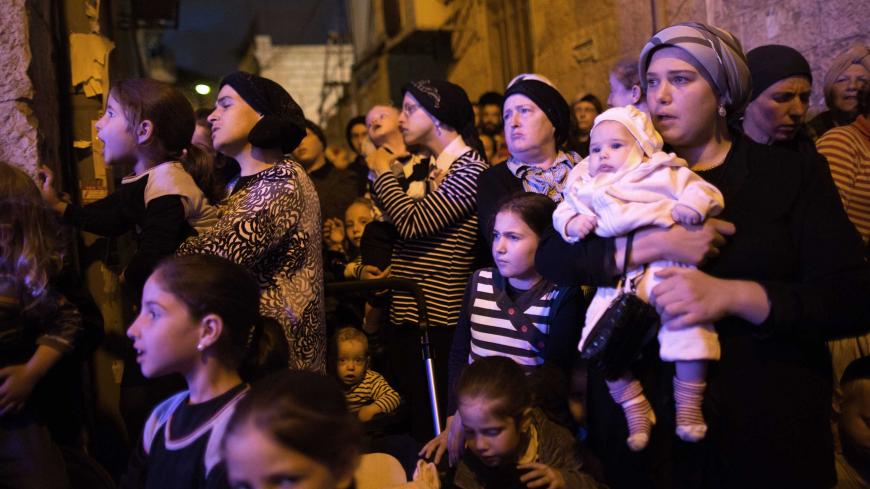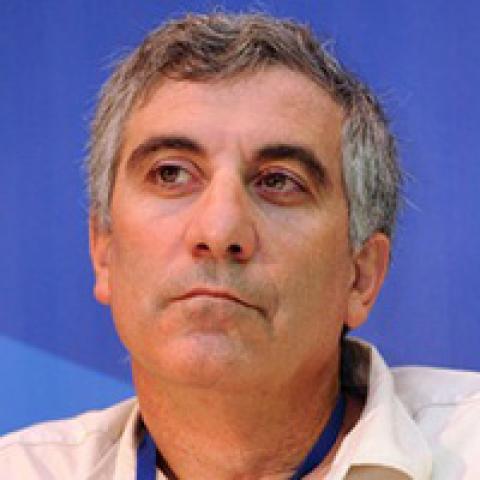Reuven K., who is about 30 years old, is an ultra-Orthodox Hasidic man who lives in Betar Illit, one of Israel’s most prominent ultra-Orthodox localities. Reuven studies in a yeshiva, a Jewish school for Talmudic learning, but works half of each day as a wholesale merchant selling religious ritual supplies. His wife, Bracha, works as a bookkeeper in a governmental institution.
Many of Reuven and Bracha’s contemporaries are already raising five, six or even 10 children. Reuven and Bracha have only three — two girls and a boy. Work is important to them not only because they have to make a living. As Reuven said, even though they are not a large family (in ultra-Orthodox terms), their three children fill their home and their hearts.



